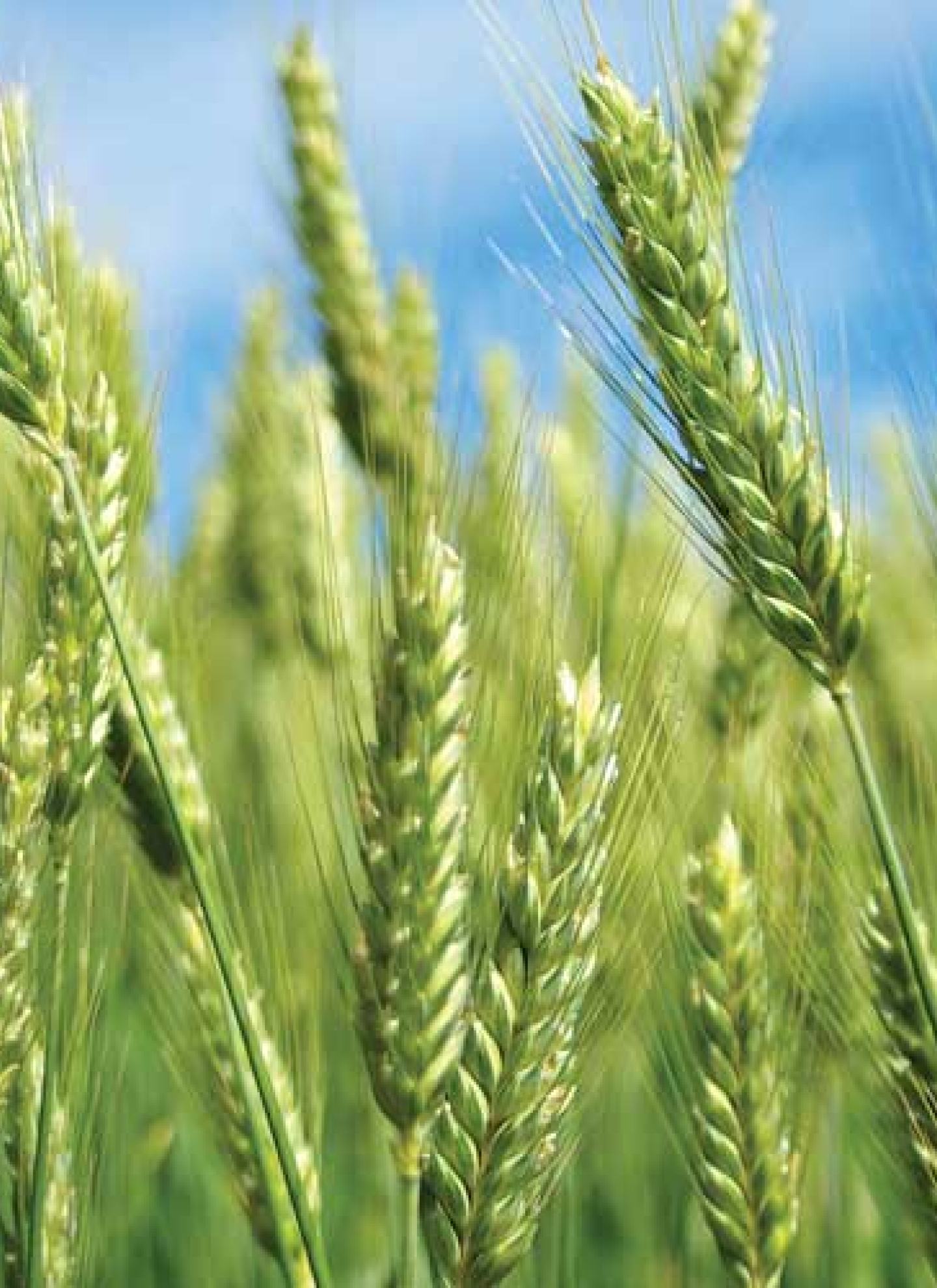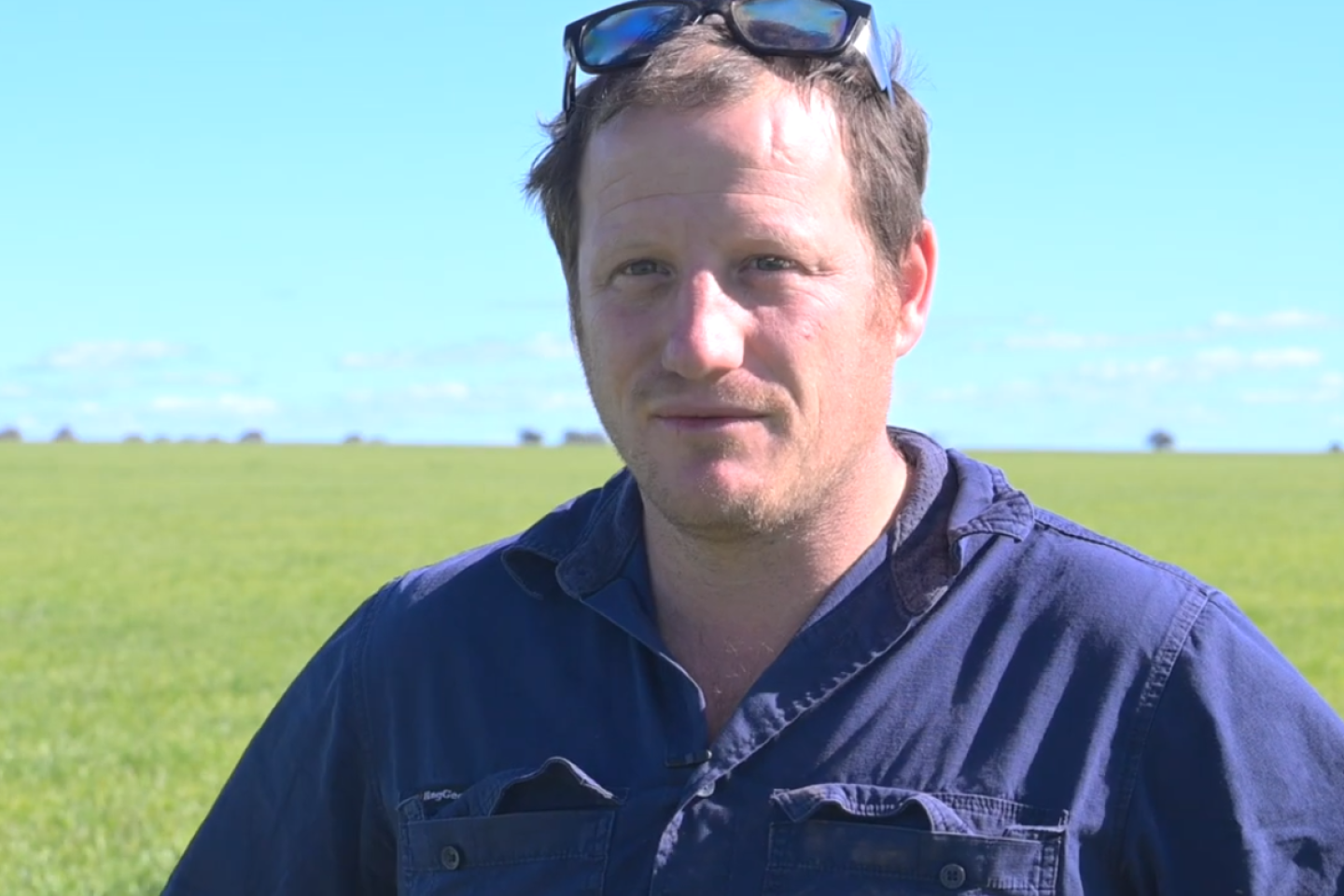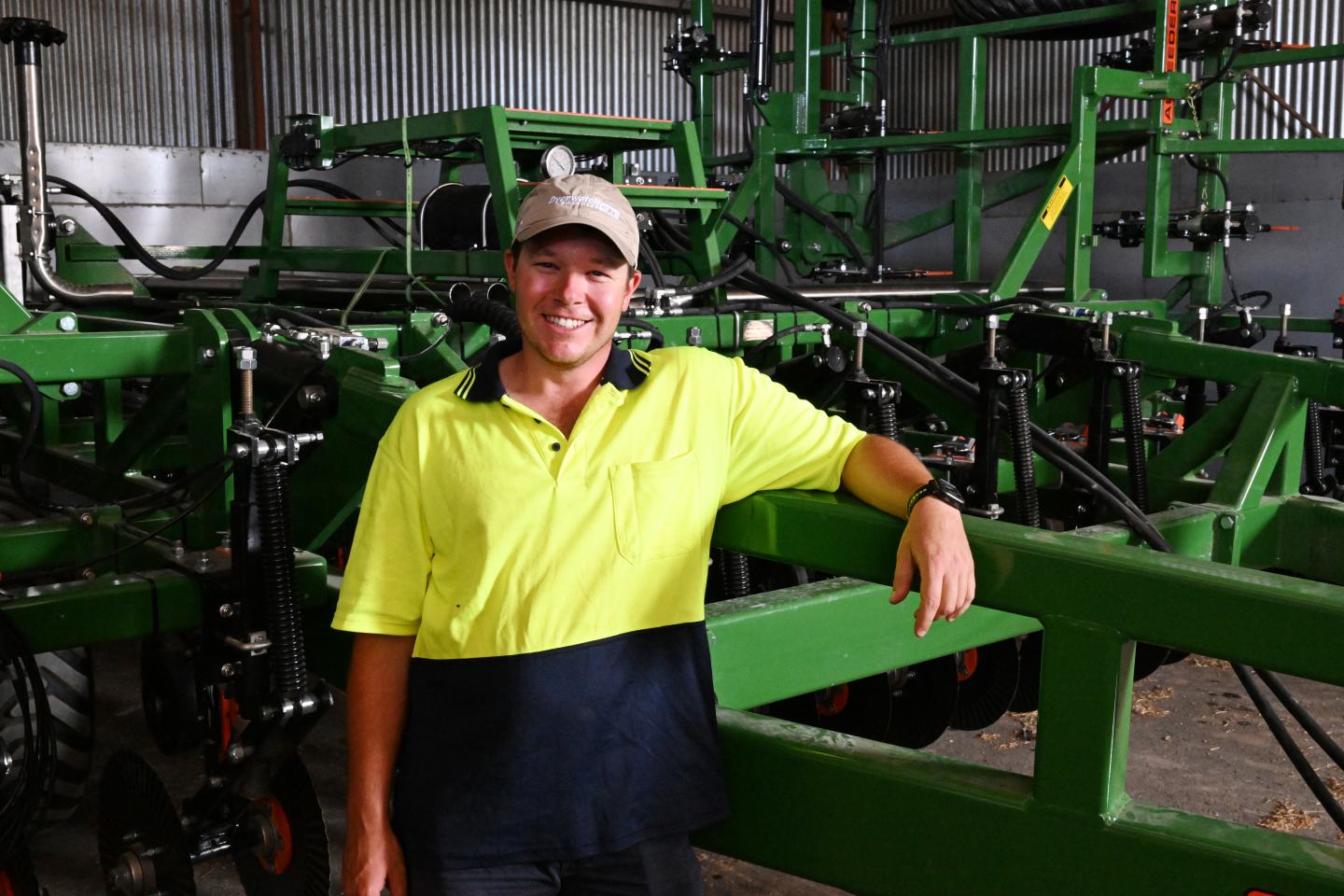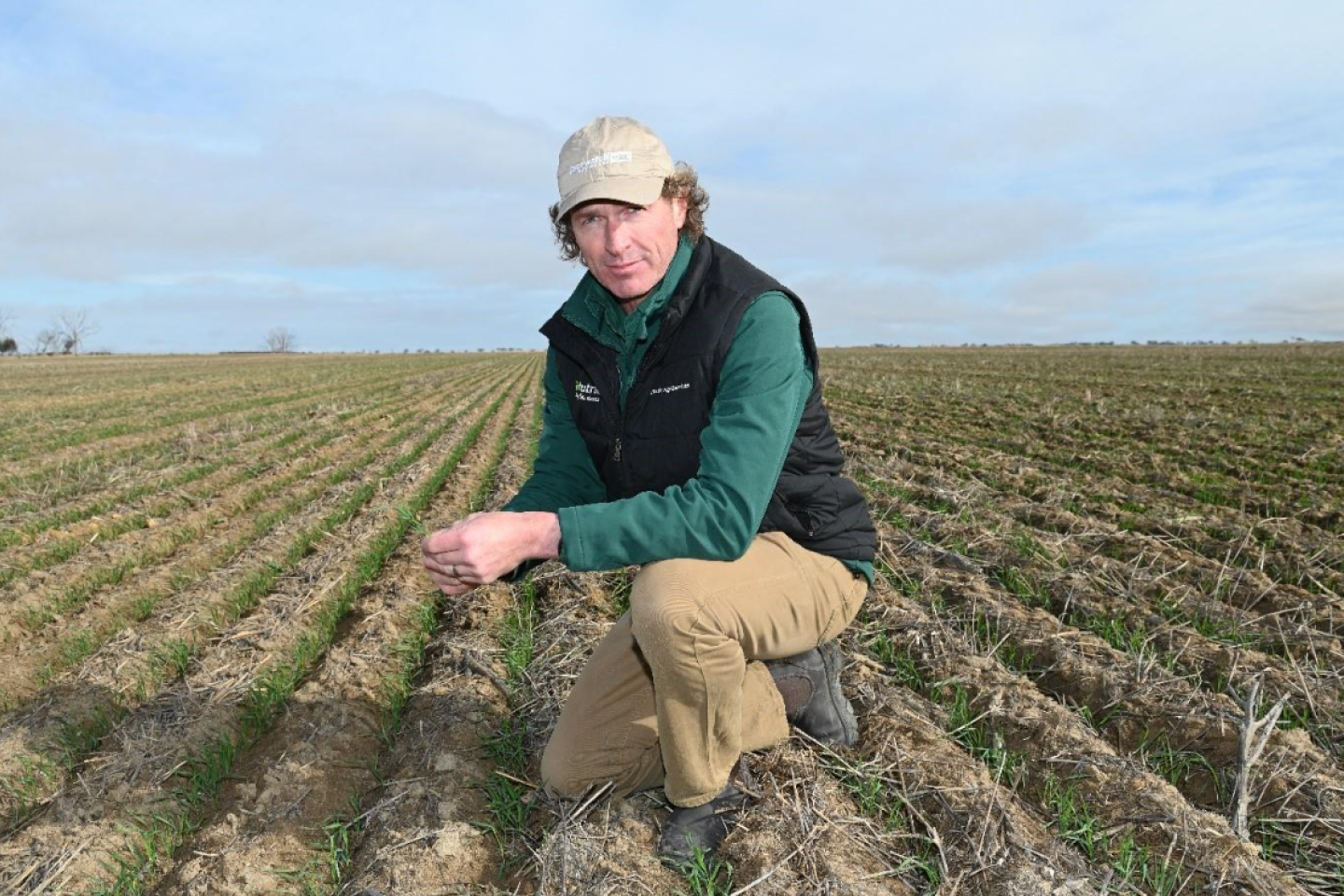Prolonged wet conditions through the winter and spring months have made annual ryegrass the number one weed for Bruce McLean, at Naracoorte, in the Limestone Coast region of South Australia.
"It just keeps coming and if you get an outbreak, it will certainly be with you for the next couple of seasons,”Mr McLean said. "To get on top of it, every tool in the toolbox is required.”He said the area has a 550 mm rainfall, with 90 per cent of it falling between March and November, so they grow winter-type wheats, with canola, faba beans, and small seed production of Persian clovers across 3800 hectares of farming land.
Pre-emergent herbicides play an important role and Overwatch® Herbicide has been utilised on a number of different crop types, and across different paddocks.“We've been incorporating Overwatch® Herbicide into our rotation for a couple of years now,”Mr McLean said. "It's been pretty handy in the beans as well as the wheat and even canola." He said while ryegrass was the main target, there were also other weeds it was managing successfully.“Wild radish and bedstraw can be a bit of fun to deal with. These are weeds that we have found Overwatch® Herbicide to be pulling up, which is good."
Overwatch® Herbicide has worked well in canola, with Clearfield* options used historically and Roundup Ready* grown more recently. "Roundup Ready* gives you that chance to sow the canola a bit earlier and then you target everything just as it's coming through. That's where the Overwatch® is working well for that early protection by keeping those numbers low. What we've seen so far can even go into the next year – there's a lot less pressure in the next wheat crop if it's sorted out in that canola phase."
Last season the crops received 150 mm in June and Mr McLean was impressed with the way Overwatch® Herbicide continued to control ryegrass during that period.“That amount of rain is going to put any product under pressure. It certainly held in there for an extended time. Overwatch® did quite a remarkable job in holding things up.”Overwatch® Herbicide can cause transient bleaching if taken up by the crop and Mr McLean said they worked to minimise any potential crop effect.“We've got a press wheel and a spreader boot seeding operation so as long as we’re careful not to throw the soil around too much, we don't see much transient bleaching. The seeding speed is also important, and for us it comes down to the individual paddock situation - whether there's high stubble load to work with or if it's an open, friable paddock.“The information is out there on Overwatch® Herbicide, you don't want treated soil in the planting furrow but rather kept in the inter-row." He said, typically, he might sow at seven and a half kilometres an hour which allows for effective seed placement without excessive soil throw.“You've just got to be aware of what you're doing - and it's working really well."
With ryegrass being a major issue for the enterprise there is a wide range of tools used to help control this weed. The main crop rotation is wheat followed by beans or clover and then back to wheat. Another rotation is canola out of the legume phase and then back into wheat. "That breaks up the cereal root disease part and provides more flexibility in the herbicide regime," Mr McLean said. Spray topping is utilised at harvest in some crops, and some headers have seed destructors. Stubble burning is implemented in order to upset the ryegrass germination early in the autumn.
Pre-emergent and post-emergent herbicides also play an important role in the various crops. Mr McLean said a range of pre-emergent herbicides, including Overwatch® Herbicide, Sakura*, and Luximax* are used in rotation.“Ryegrass is such an adaptive plant, so we do whatever we can do to make life hard for it while also ensuring we don't burn the chemistry out.”He mentioned Clethodim and Treflan* as two herbicides that have become much less effective over the years.“The most expensive product is the one that doesn't work. We've got to keep that in mind and weigh up the pros and cons of the paddock and the rotation."



